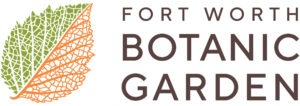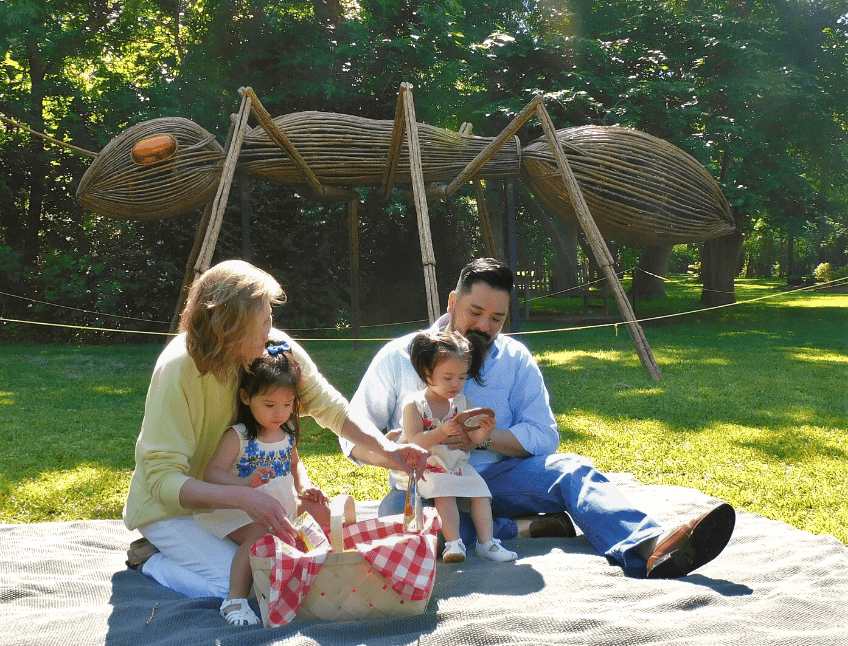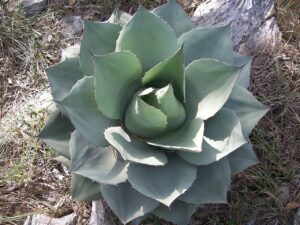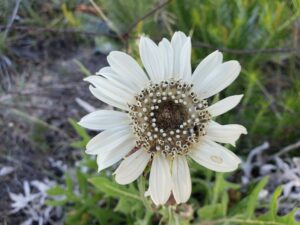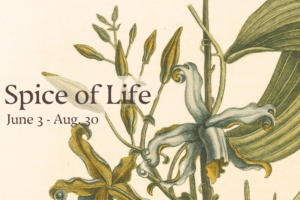Usually, ants are unwelcome at a picnic – but what if they’re the main attraction?
The Botanic Garden is at the height of its early summer beauty, and we invite you to celebrate on the grounds with a picnic – perhaps near the giant, whimsical ants that are part of the David Rogers’ Big Bugs exhibition.
“Now is a great time to dine al fresco at the Garden,” says CEO and President Patrick Newman. “Explore our landscape as late spring and summer blooms reach their peak, and visit sculptor David Rogers’ giant insects before the exhibition closes in June.”
Picnics are allowed at several locations in the Garden (view a map here). We request that you familiarize yourself with our Picnic Etiquette to keep the garden hospitable for all guests.

Don’t have the time to pack a meal? Reserve a basket, complete with picnic blanket, cutlery and napkins, from the Garden’s Rock Spring Café. Check out the menu and give us 24 hours to prepare your order.
“If you plan your visit for May 21 or 22, you can bring along your canine companions,” says Newman. “Dog Days are that weekend, and guests are welcome to bring their dogs to the Garden.”
Regular admission is required for Dog Days, plus an extra $5 per dog. FWBG|BRIT members receive free admission and pay $5 per dog — and receive complimentary bandana(s). Hydration stations for dogs will be provided by the Garden across the campus. (You can read up on the rules and etiquette here.)
So come along and visit the ants for a picnic! These friendly giants won’t try to steal your lunch, we promise.
